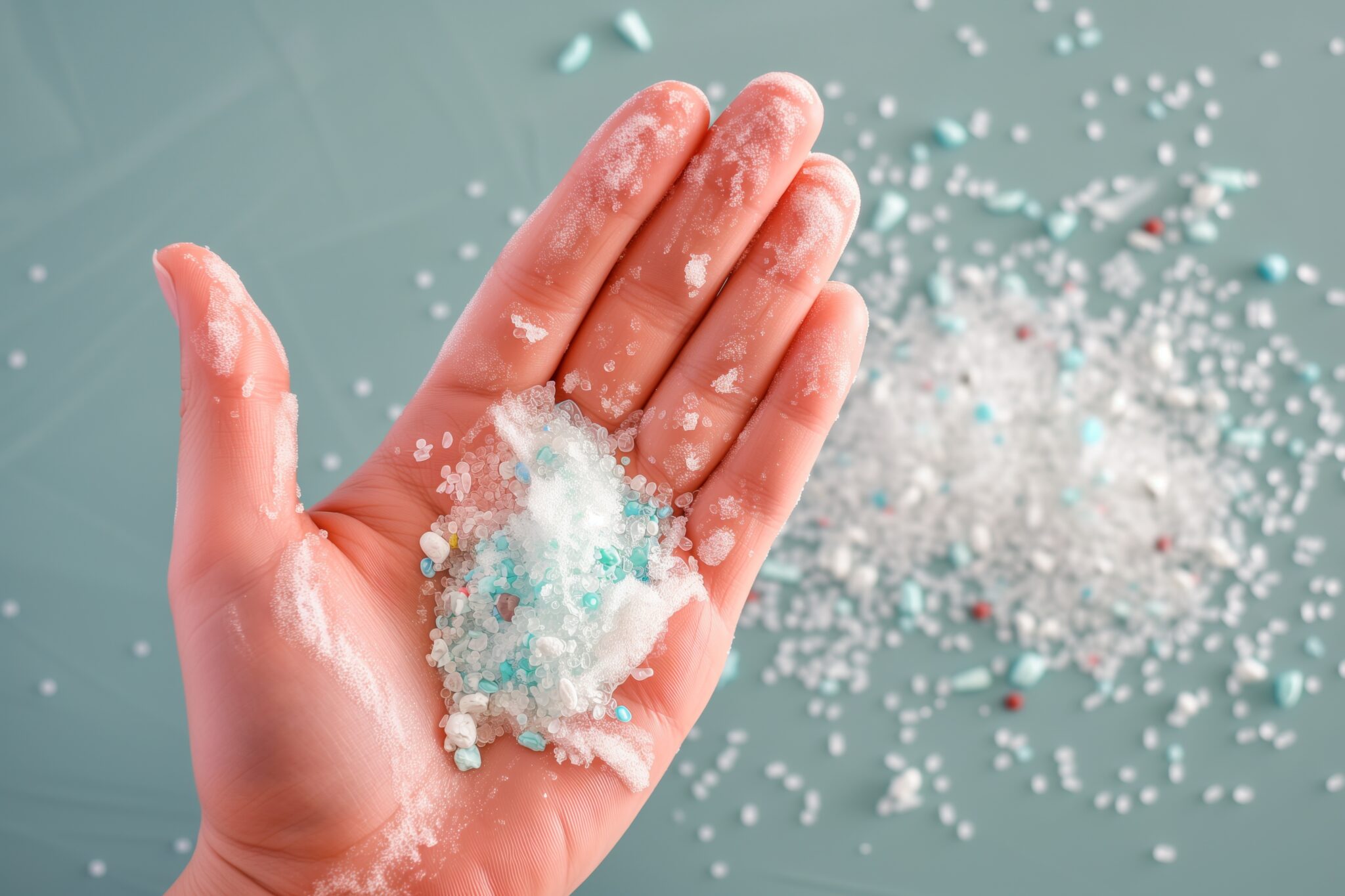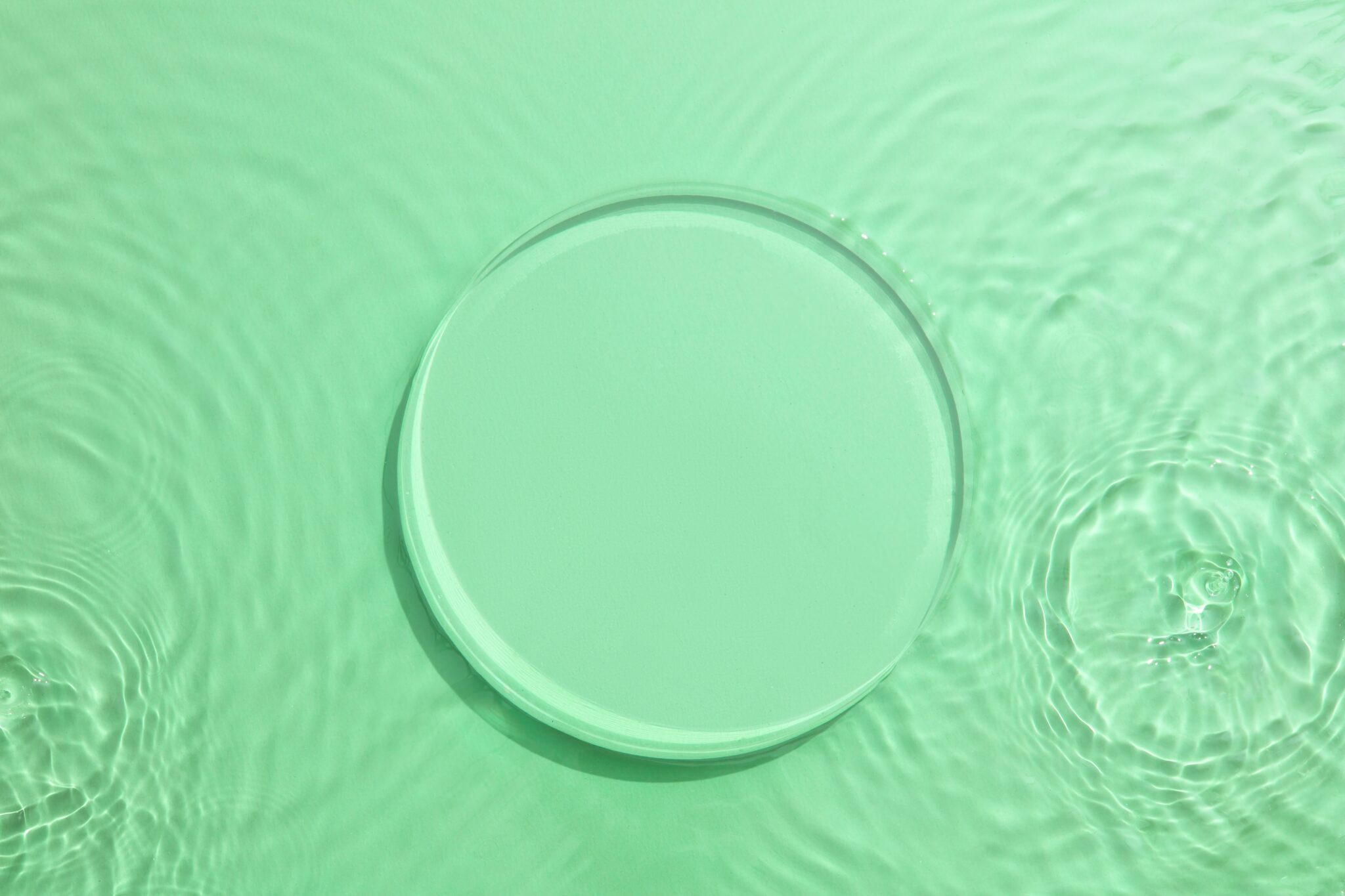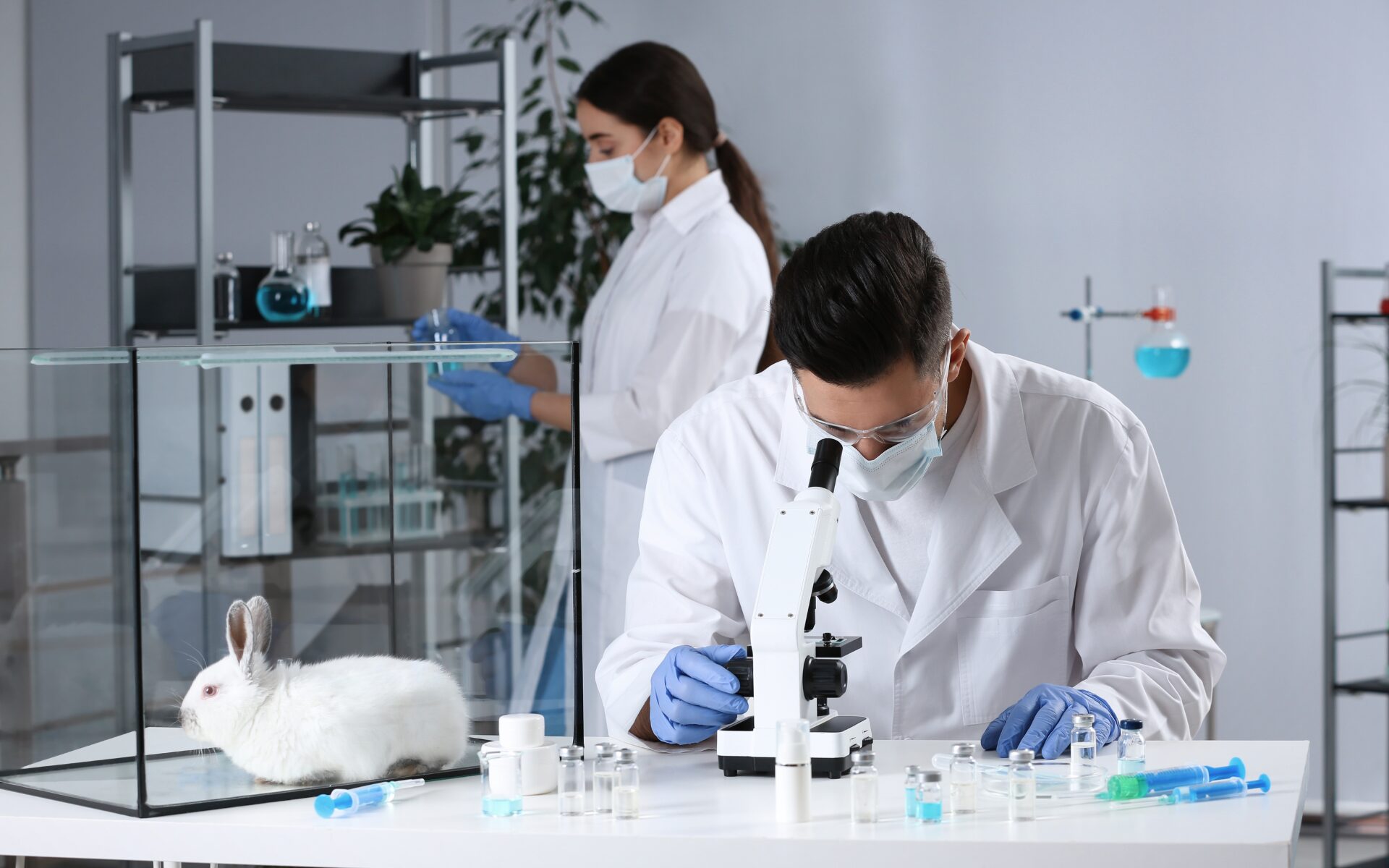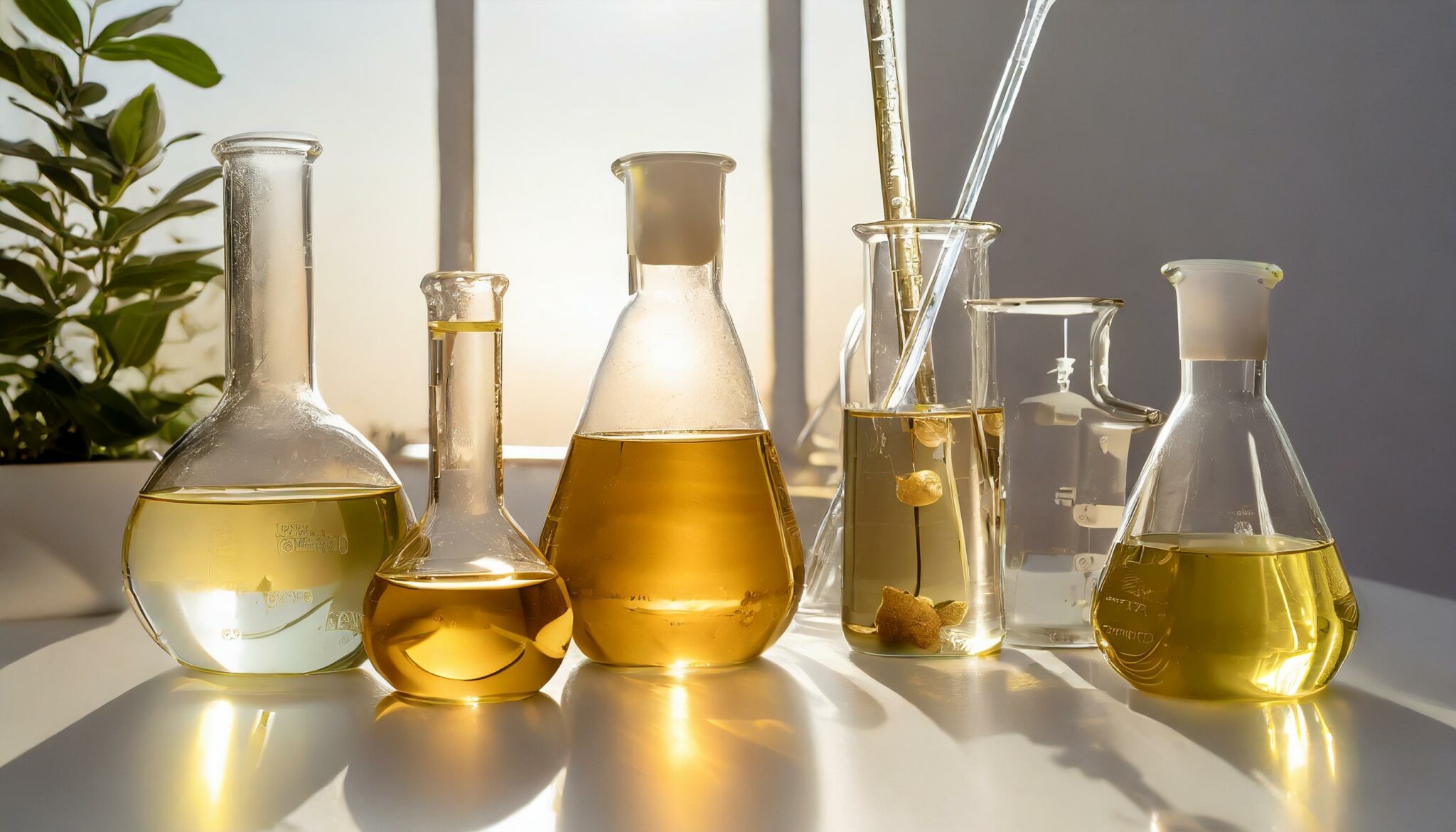Microplastics in Cosmetic Products: How to Avoid “Environmentally Unfriendly” Cosmetics

As society becomes more conscious of the environmental impact of everyday items such as cosmetics, personal care products, and clothing, questions regarding the safety of their materials and ingredients highlight both existing and new concerns.
The environmental impact of plastic has been a subject of debate for many decades. However, with plastic’s popularity showing no sign of waning, what actions are companies taking to move away from a material known to be environmentally unfriendly? Microplastics are another cause for concern: these small synthetic polymers can be found in lots of manufactured products, including most mainstream cosmetics. But what are microplastics, how are they formed, and why are microplastics used in cosmetics?
In this article, we will provide a brief overview of microplastics and the role they play in cosmetics, discuss concerns about the safety of microplastics, and finally take a look at what ADA Cosmetics is doing to protect both human health and our planet’s ecosystems from environmentally unfriendly cosmetics.





